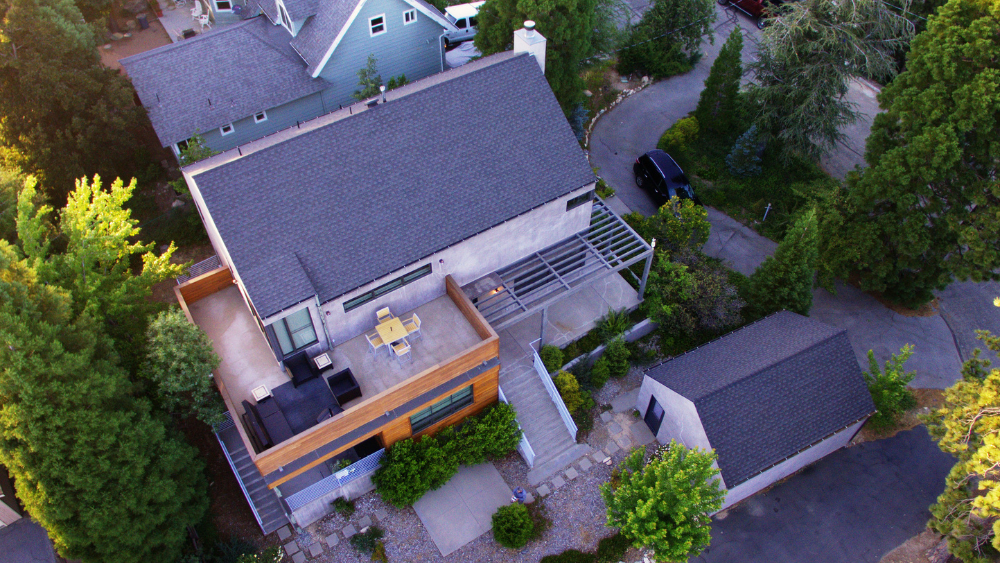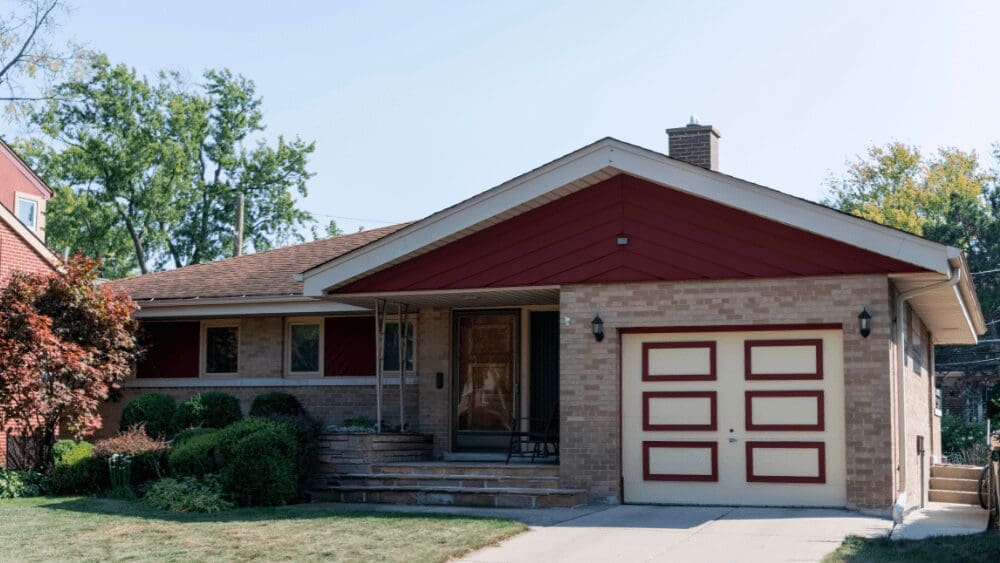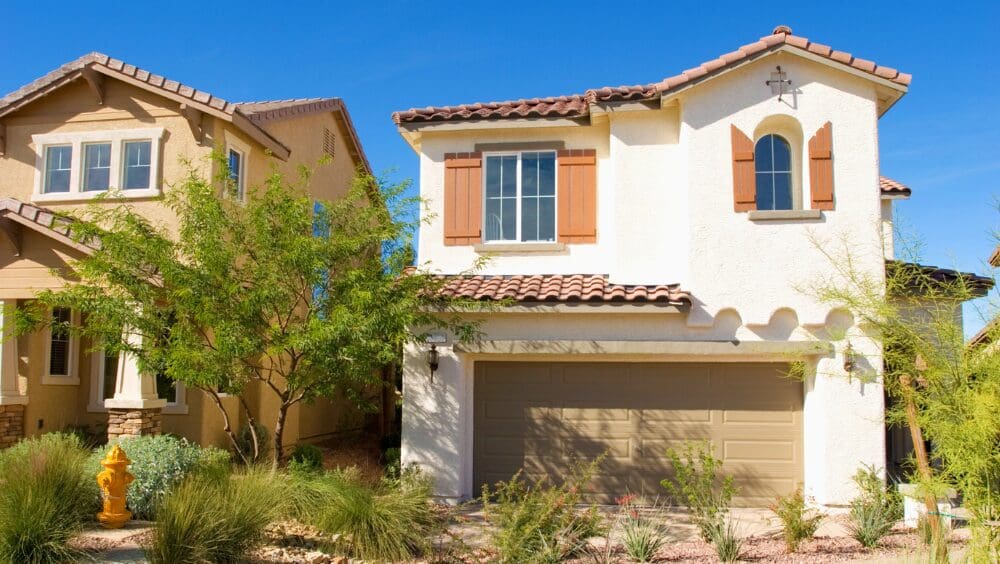
You know your home better than anyone. You know its faults and its fabulous features — and those property perks that may be hard to quantify. So when it’s time to sell your home, you might be asking: Can you sell a house for more than the appraised value? In this post, we’ll share helpful insights about home appraisals, appraisal gaps, and how these figures play into your selling and pricing plans. A home appraisal is an unbiased estimate of a property’s value conducted by a certified appraiser. This process involves a thorough inspection of the property, including its size, condition, location, and any upgrades or unique features. Appraisers also compare the home to recent sales of similar properties in the area. The resulting appraisal report provides lenders, buyers, and sellers with a professional assessment of the home’s market value, ensuring that the price reflects its true worth. This evaluation plays a key role in most real estate transactions, particularly for homebuyers seeking mortgage approval, as lenders use the appraised value to determine the loan amount they’re willing to offer. An appraisal gap occurs when there’s a difference between the appraised value of a home and the agreed-upon sale price in a real estate transaction. Specifically, it happens if the home’s appraised value is less than the sale price. For example, if you decide to list your home for $550,000, but the appraised value comes in as $530,000. The appraisal gap would be $20,000. This gap can pose a challenge for transactions, as lenders typically offer mortgages based on the appraised value, not the sale price. Buyers and sellers must then navigate how to bridge this gap, whether through renegotiating the sale price, the buyer making up the difference in cash, or other creative solutions to keep the deal moving forward. We’ll review appraisal gap strategies for sellers and buyers in more detail later in our post. There are several reasons why a home’s appraised value might not align with its sale price. Here are some key reasons for discrepancies between appraised values and sale prices:What is a home appraisal, and how does it work?
What is an appraisal gap?
Why might the appraised value differ from the sale price?



